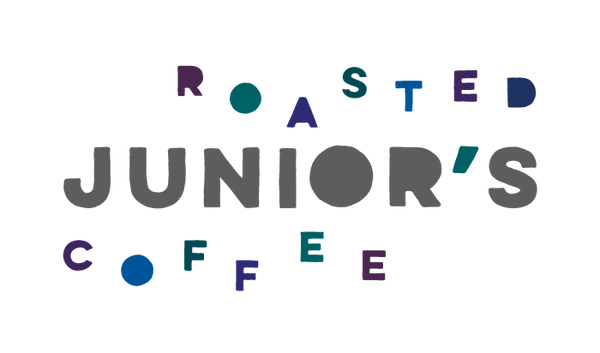


PRODUCT DETAILS
| PRODUCER | Various | PLANT VARIETY |
Caturra, Bourbon, Catimor | C MARKET AT POSSESSION | $1.87/lb |
| FARM | Namballe Community | HARVEST |
June-September 2023 | COST OF PRODUCTION | NA |
| FARM SIZE | NA | PROCESS |
Washed | FOB/EXW | NA/$4.15 |
| REGION, GEOGRAPHY | Cajamarca | EXPORTER |
Red Fox Coffee Merchants | FARM GATE | NA |
| ELEVATION | 1600-1800masl | IMPORTER | Red Fox Coffee Merchants | COST OF PRODUCTION PREMIUM | NA |
RELATIONSHIP TO JUNIORS
This is the second year that we have purchased coffee from Red Fox Coffee Merchants, and we're so excited! The cup quality of Red Fox's coffees is always outstanding, and they are eager to provide pricing transparency.
HOW WE BREW COFFEE
There are countless influential variables and industry professionals that influence the quality of coffee before it reaches the coffee cup, and the last step to reap the benefits of this tremendous work takes place when it’s brewed.
Before talking about how this coffee brews best, let’s review some brewing basics:
-
Dose is the amount of coffee we use (measured in grams). If you don’t have access to a digital scale, know that 1 tablespoon is equivalent to 6-8 grams of wholebean coffee.
-
Water Input is the weight of the water we use (measured in grams) to brew with.
* We suggest a coffee to brew water ratio of 1:16 to 1:17 for filter coffee. For example, if you’re using 15g of coffee and 250g water, your brew ratio is 1:16.67.
-
Burr grinders will give you a more consistent Grind Size, and you’ll be able to repeat the same grind size twice. It’s best to grind your coffee right before brewing, because grinding your coffee too far in advance accelerates the aging process of your roasted coffee. Remember that the finer you grind, the more you extract.
-
Brew Time is the amount of time the water and coffee interact together. The longer you brew coffee, the more you extract.
-
We recommend Brew Water Temperature between 200°F and 205°F. If you are using a kettle on the stove, bring the water to a boil and wait 30-ish seconds off boil before using the water to brew. The hotter your brewing water is, the faster you can extract coffee.
HOW WE BREW THIS COFFEE
Brew Ratio: We brew this coffee with a 1:16.5-1:17 brew ratio.
Grind: On a scale of 1-9 (1 finest, 9 coarsest) we use a 6.75-7 for commercial flat bottom filter, but 6-6.5 for home flat bottom filter.
Total Brew Time: use a 2:45 to 3:00 minute brew time for Kalita filter, 4-5 minutes for batch brewer or flat bottom pour over, 4-5 minutes for Chemex.
Tips: This coffee is bright, and acidity makes a coffee lovely!
